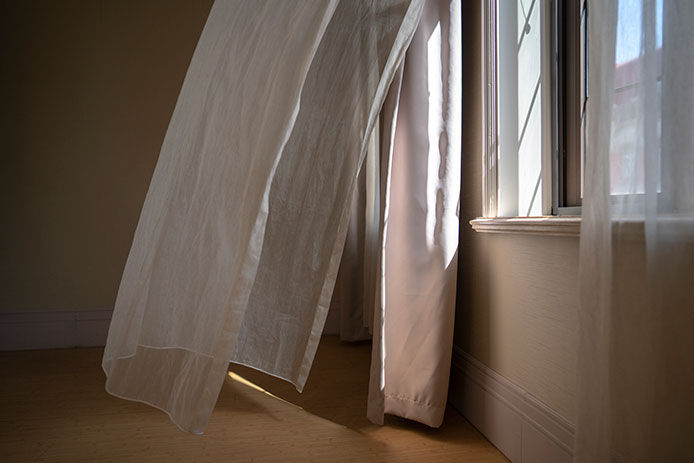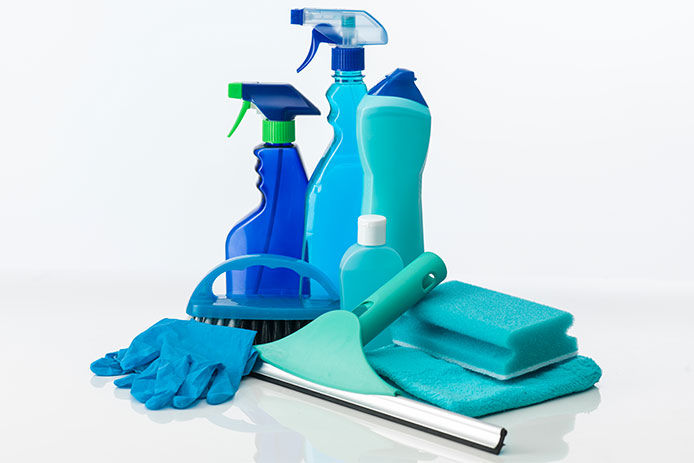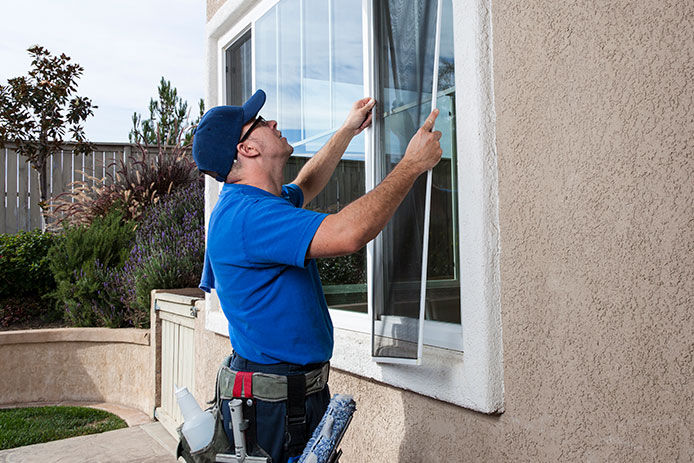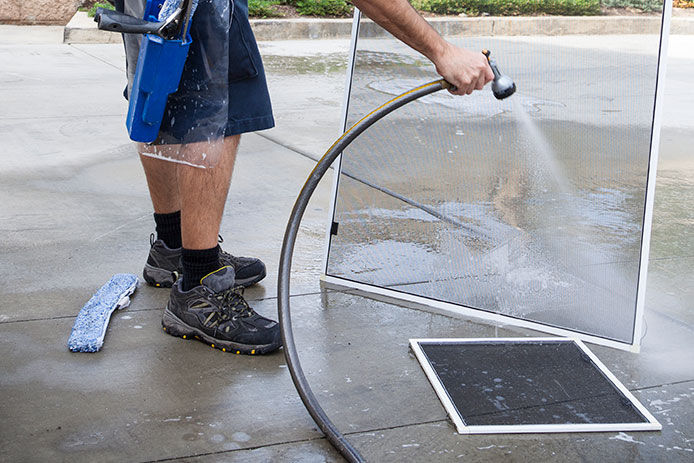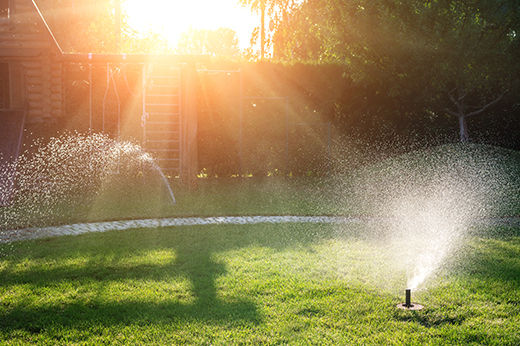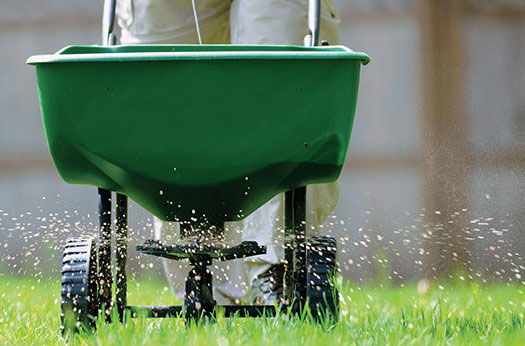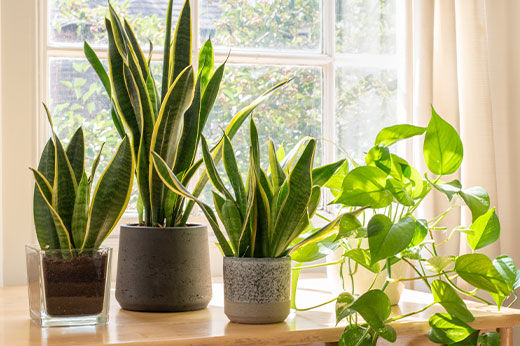Vacuuming the Screens
- Open the window as much as you can so you can access as much of the screen as possible from inside the house.
- Dampen the melamine sponge, then run it over the screen to loosen dirt and debris. This will remove most of the mess, but it will leave small balls or lumps of dirt behind.
- Use a vacuum brush attachment to loosen the leftover debris and lift it away.
Scrubbing Window Screens on the Ground
- Remove the window screens and lay them flat on the ground over a tarp or plastic drop cloth.
- Spray them down with a hose to wet them all, then apply dish soap to the soft-bristled brush and begin scrubbing the first screen.
- Rinse each screen before moving on to the next one, so the soap doesn’t get a chance to dry on the screens.
- Let them dry completely before replacing them.
Pressure Washing the Screens
- Set the pressure washer to the lowest setting and test it out on a ground-floor level window screen from a distance of about 20 feet away. Add the cleaning mixture to the tank once you’re satisfied that the pressure won’t damage the screen or glass.
- Spray the window screens, starting from the highest parts of the home downward so that you rinse spray away as you work. Check your work from multiple angles to make sure you’re getting all the dirt.
Clean window screens are the key to good air quality when you’re letting in the fresh air. Don’t let dust or mold cause issues when cleaning window screens is a fairly easy spring cleaning task.

